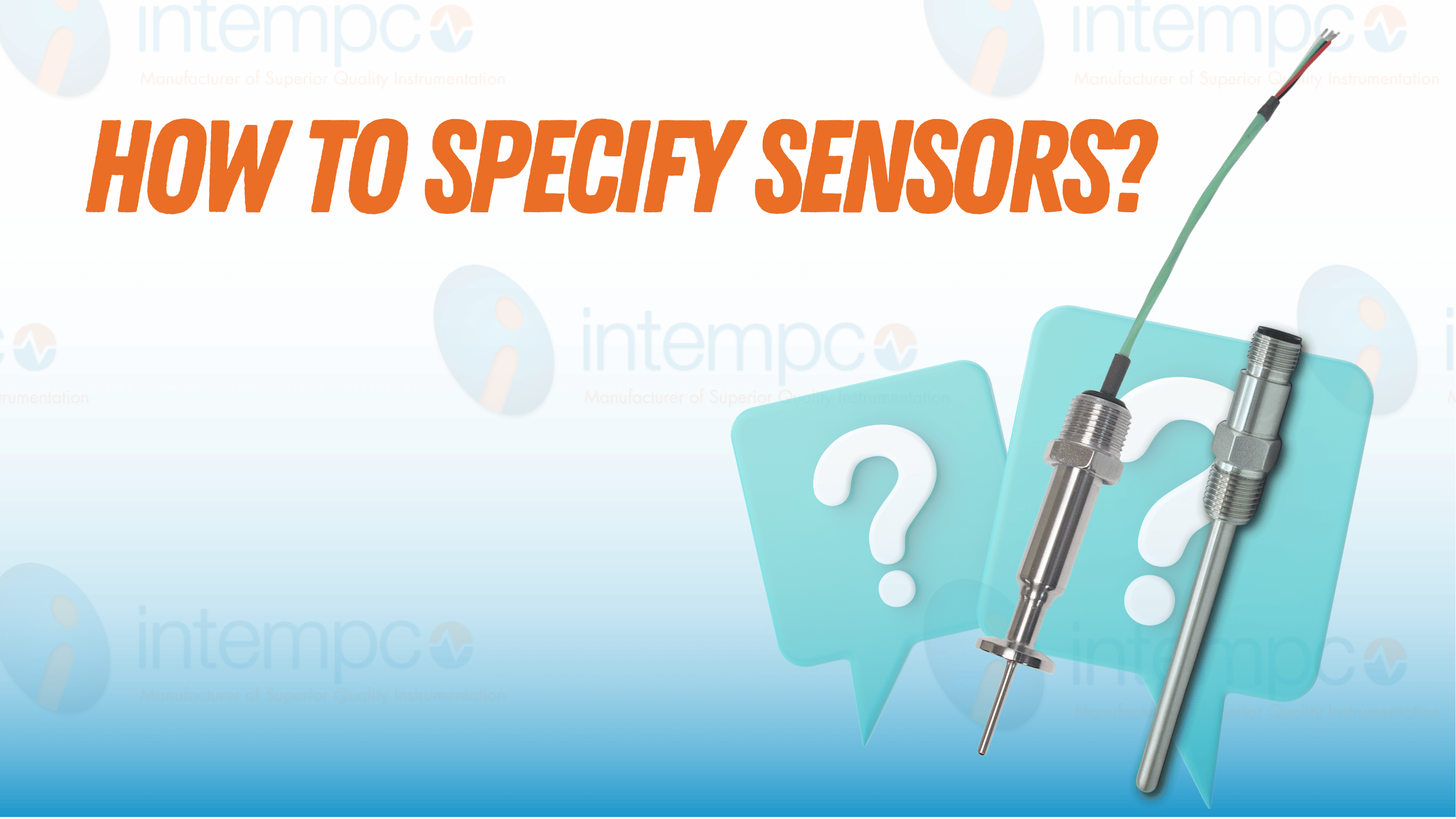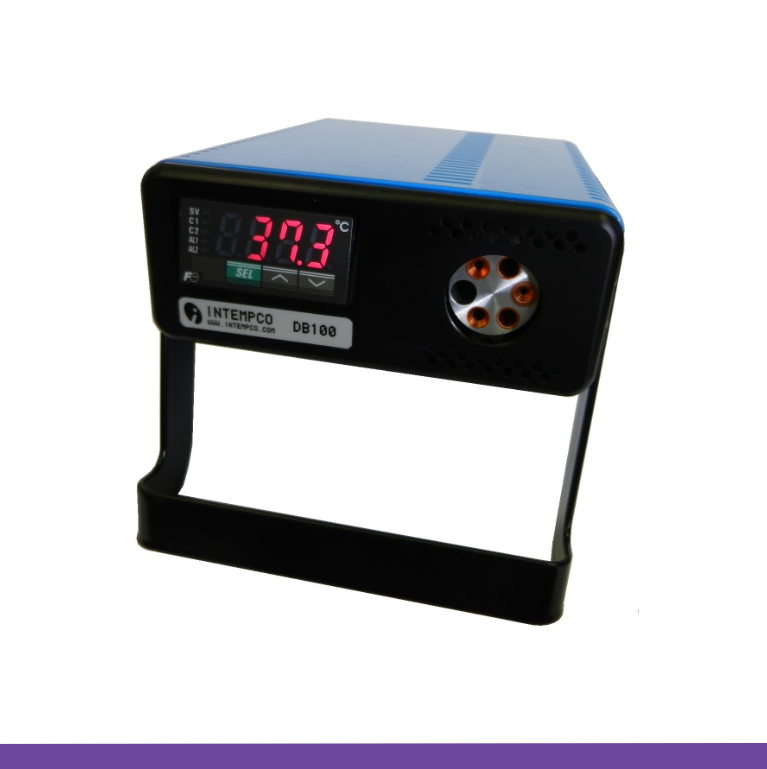
Thursday, 06 July 2023
How To Specify Sensors

This blog will explore how to identify sensor requirements and the considerations necessary to create an optimal specification that aligns with performance requirements and operational conditions.
How Complicated Should a Specification be?
Whether a purchase order states an OEM part number or is provided with a written specification, the most important thing is that sufficient detail is relayed to the vendor to ensure the sensor meets the purchaser's expectations.
You might be wondering what would be sufficient detail? The answer is very simple; it must be sufficient to ensure that the purchaser’s expectations are met and exceeded for this and every future order. It's all about balancing costs and risks. Let's explore four influential areas to consider when specifying sensors.
#1 Cost of a Sensor
Generally, the cost of a sensor is minor when you consider the cost to the business should a sensor not meet expectations. The purchase price should be your last consideration once you are confident the sensor will meet your expectations.
#2 Cost to the Business
These costs can range from a simple annoyance cost to hugely significant operating and/or capital cost associated with recovering from one of multiple sensor failure modes. It is the job of engineering, operations, and purchasing to evaluate these costs and generate a specification that will eliminate these costs, thereby minimizing any risk to the business.
#3 Assessing Business Costs
There are multiple categories of what can be considered a “failure” to meet client expectations. The aerospace industry applies the principles of failure mode and effect analysis (FMEA) to identify these conditions, so they can be reconciled in the product specification. These analyses are exhaustive, and their impact on the specifications directly relates to the mission objectives. Generally, in industrial applications, the effort is less rigorous, and the mission objectives are related to corporate profit and environmental responsibility, making the analysis much less onus.
#4 Business Cost Categories
To assess business costs, the best place to start is by assessing the impact of a sensor “failure.” Two modes of failure are catastrophic failures and time-related performance failures {during normal operating conditions}. Consider the likelihood and associated business costs under the following categories
Catastrophic Failures Result In
- Loss of productivity
- Loss of semi-finished product
- Loss of raw materials
- Rejected material disposal
- EHS related impacts
Time-Related Performance Failures Result In
- Process drift and product noncompliance
- Process instability and productivity loss
- Erroneous readings and product noncompliance
Although the focus is on operating conditions and consequential costs of “failure,” if there are recurrent or probable upset conditions that can affect the sensor, the cost of not addressing these should also be considered. Alternatively, many businesses have a simple policy of sensor replacement after such events, which would be considered prudent.
Real Life Examples
To illustrate the importance of considering upset conditions in your specification, here's an example: one of my clients needed to transport our sensors to the Arctic. They had described the transport condition and imposed (in their specification) a vibration test which we found somewhat curious. Why had they done so? Based on years of experience, they had found that by the time any equipment had been transported by truck, aircraft, boat, and ATV to its remote destination, most of it had disassembled itself. Parts often get lost in transit, and due to the absence of hardware stores in the Arctic, getting parts and fixing equipment is an extremely expensive undertaking. The requirement for vibration testing was of minimal cost relative to the alternative.
Upset conditions are well documented in nuclear, aerospace, and space applications, and if you operate in that environment, you are fully aware of these conditions and requirements.
An example of a specification unique to an upset condition relates to pipeline fireball propagation. Here the event survivability of the sensor is sacrificed in favor of providing an extremely fast response time. In this case, the objective is to identify the fireball, its location and take immediate action to stop its propagation. In this case, the business objective is limiting consequential damage. Generally, there is not much left in the vicinity of the upset condition, so the survivability of the sensor, post-event, is the least of anyone’s concerns.
Conclusion
If you're looking for a team of experts to assist you with specifying sensors and provide guidance on selecting the right sensors for your needs, look no further! Our experienced team understands the intricacies of sensor selection and can provide valuable insights and recommendations tailored to your specific requirements. This email address is being protected from spambots. You need JavaScript enabled to view it..
To summarize:
- Specifications tell your vendor precisely what your expectations are.
- Understanding the impact a failed sensor (or a failing sensor) has on your business and translating this into design and testing requirements can help significantly reduce business risks.
- An optimal specification will reasonably consider all the related operating conditions and performance requirements; however, if financially impactful, any non-operating or upset conditions that may reasonably occur should also be considered.
- We strongly suggest when writing a specification, the author talks with all stakeholders in the company to understand their needs and appropriately translate those needs into requirements.
- Consulting with your vendors is also recommended. This will ensure that you can benefit from their experience when writing a new or reviewing a current specification. I have always found my trusted suppliers to be invaluable business partners.
Our next blog will cover the specifics of structure, content, and the incorporation of associated industrial and international specifications when building a specification. Stay tuned!
Author
Wes Leewis P.Eng, M.Eng, MEIE
Biography
A Professional Engineer with over 40 years of experience designing sensors and instruments for pulp and paper, oil and gas, steel, aerospace, space, and medical applications.
Most recently a cofounder of an AI-based brain disorder diagnostic company and a past contributor to local, national, and international ISA-sponsored educational lectures.
Explore Our Intempco Sensors & Other Products:
 |
 |
 |
 |
 |
| Temperature | Level | Pressure | Humidity | Calibration |


